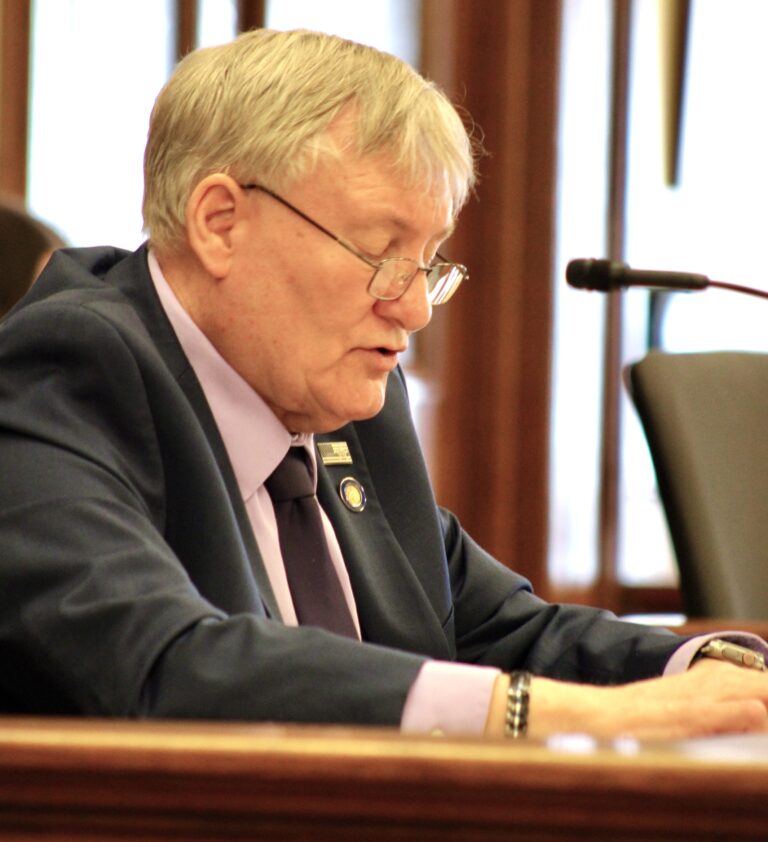Weekly Fiscal Facts are provided to Wisconsin Newspaper Association members by the Wisconsin Policy Forum, the state’s leading resource for nonpartisan state and local government research and civic education. The Wisconsin Policy Forum logo can be downloaded here.
A proposal in Gov. Tony Evers’ budget would require Wisconsin employers of 50 or more to provide their workers with paid family and medical leave. This comes as more states are adopting such requirements — though so far, the change is not happening as quickly in the Midwest.
Evers’ plan would require employers to offer employees up to 12 weeks of annual paid leave for life events including the birth or adoption of a child, serious illness for the worker or for a loved one requiring care, military deployment, closure of a child care facility, or aftermath of domestic violence or sexual assault.
In 2021, about 23% of all U.S. civilian workers had access to paid family leave, Bureau of Labor Statistics data show. That share has more than doubled since 2010, as more states began to mandate paid leave and more employers provided it to workers voluntarily.
The state laws are largely a recent phenomenon, outside of a few early-adopting states such as California. Of the 13 states plus the District of Columbia that have paid leave laws, 10 had their laws take effect in 2020 or later.
At least two states, Virginia and New Hampshire, adopted voluntary (rather than mandatory) paid leave programs. New Hampshire offers employers incentives to participate, including a tax credit that covers 50% of employer contributions. This may appeal to policymakers reluctant to enact mandates on employers.
While none of Wisconsin’s border states have yet adopted such a law, lawmakers in at least one of them (Minnesota) are debating passing one. Illinois Gov. J.B. Pritzker also recently signed a law requiring that state’s employers to provide paid time off for any reason, totaling one hour of paid leave for every 40 hours worked up to 40 hours total.
A paid leave law likely would disproportionately be used by women in the workforce, as surveys show they assume more responsibility for household caregiving. It would also have a larger impact for workers in lower-paying occupations and industries in which paid leave is not widely offered.
Evers has called paid family and medical leave an important tool for attracting more workers to Wisconsin to address its worker shortages. Such shortages already are emerging and are projected to worsen considerably in the coming years as more Baby Boomers age out of the workforce and birth rates remain low. Providing working parents with paid family leave could also encourage more couples to have or adopt children. At the same, it could also add to the cost of job creation or affect workers’ overall compensation.
There is a clear link between this policy as put forward by the governor and the state’s strong finances. In light of the state’s unprecedented budget surplus, the governor was able to propose jump-starting his plan with $243 million in state funds. That approach does not eliminate the policy issues on both sides of the debate that will be difficult to reconcile. Yet it does show that if policymakers wish to pursue a paid leave program in the near future, then the current 2023-24 legislative session may offer the best opportunity to do so.
This information is a service of the Wisconsin Policy Forum, the state’s leading resource for nonpartisan state and local government research and civic education. Learn more at wispolicyforum.org.



